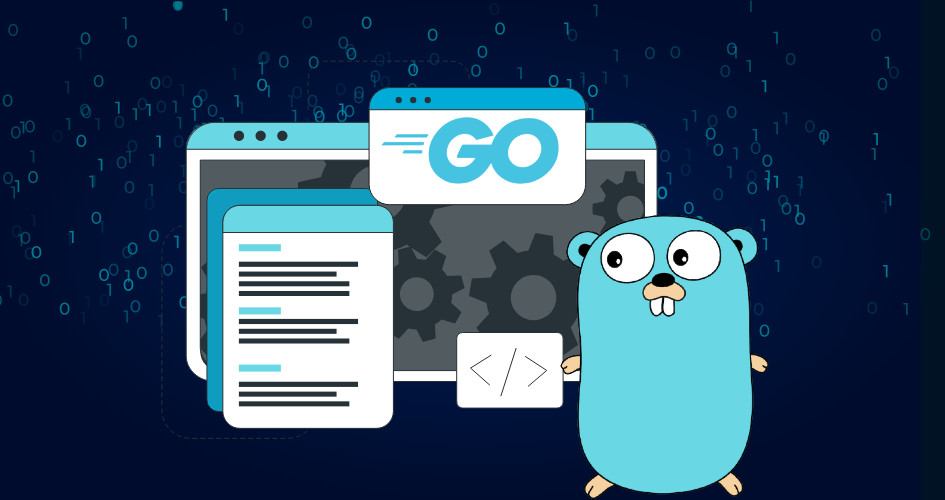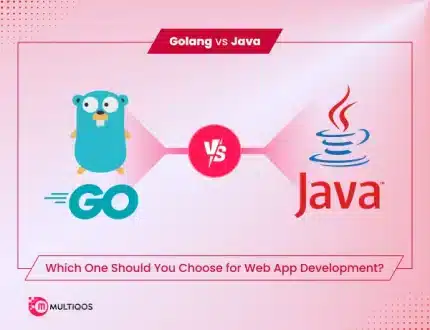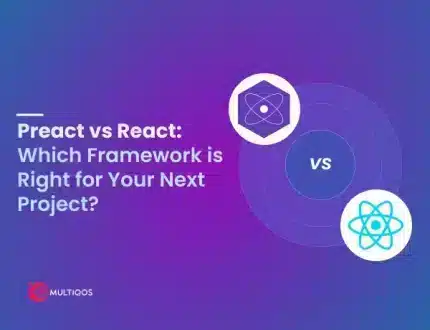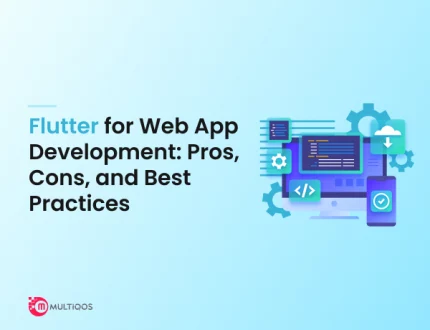What Exactly Do You Need to Start Coding in GoLang
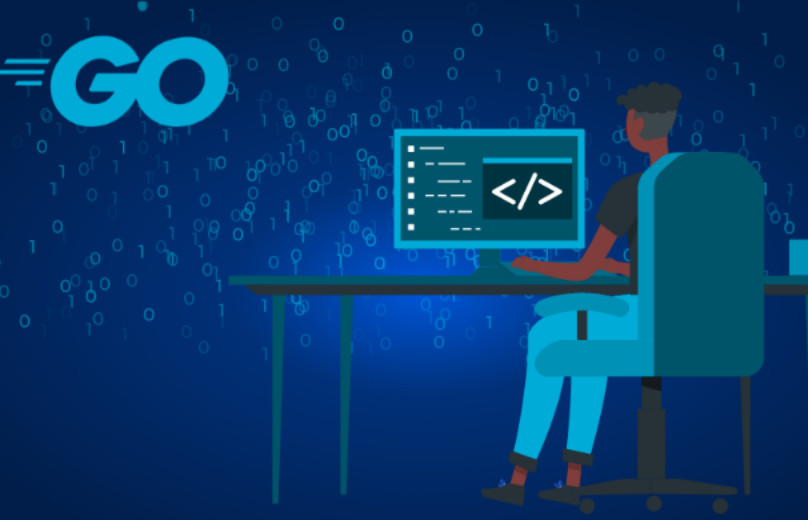
In the last few years, Golang has been steadily becoming the programming language of choice for a considerable number of developers. It has slowly and surely inundated the developing world like a creeping vine by covering all that came before it in a superior and lush cover of its programming power. The growing popularity of Go lang, also known as Go, is one of the many reasons why you need to take a close look at it.
How Go came into being
It is said that the designers at Google came up with this open-source programming language while they were waiting for other programs to compile. The frustration they faced at using their toolset made them rethink the system programming from scratch. It led to the creation of a compiled, mean, and lean solution that makes way for immense multi-threading, performance, and concurrency under pressure.
So, the golang development team at Google had Rob Pike, Ken Thompson, and Robert Griesemer, who created Go in 2007. Within two years or so, the language gained such popularity that it was pronounced as the language of the year.
Prerequisites to start using Go
If you plan to start coding in Go, it would help if you have the following things:
Programming experience: Though the code in Go is pretty simple, having some idea about functions is really helpful in golang web development.
Tools for editing the code: Almost all text editors will get the job done. Most text editors offer good support for Go. Among the most popular ones are Vim and VSCode, which are both free. You can also go for GoLand, which is a paid option.
Command terminals: The language works well using all terminals on Mac and Linux, and on CMD or PowerShell in Windows.
An idea about the Goroutine: Go has in-built support for concurrent applications. The fundamental building blocks to structure concurrent programs are known as channels and goroutines. Read on to know more about goroutines.
Understanding the nuances of Goroutine
As mentioned earlier, Go has in-built support for the concurrent applications for golang development company. These programs allow the simultaneous execution of several pieces of code. Go is different from Java because in the former the concurrency support gets baked in the language with particular types, keywords, and constructs. The emphasis is on concurrency rather than parallelism because Go programs are not always parallel by default. Only one processor or core gets used for the Go programs, irrespective of the goroutines being run.
Goroutines are the functions or methods that run beside other functions or methods in web framework golang. It is almost like threads, but they are more lightweight and less complicated. The keyword ‘go’ is used for creating a goroutine. So, a goroutine gets executed when a method or function gets called with that prefix. Now that you have a clear idea about goroutines, it’s time to download the package and have it installed.
Start by writing some important codes
If you are just getting started with Go, here are the steps you should follow for “Hello, World.”
1. Open the command prompt and cd to the home directory
On MAC OR Linux: cd
On Windows: cd %HOMEPATH%
2. Creating a hello directory for the first Go source code
For instance, use the given commands:
mkdir hello
cd hello
3. Enabling dependency tracking for the code
When the code imports packages present in other modules, the module of the code might be helpful in managing those dependencies. A go.mod file defines the module that tracks modules providing the said packages. This go.mod file remains with the code and in the source code repository.
Run your ‘go mod init command’ to enable the code’s dependency tracking. Give it the name of the module that your code will be in. The module path is formed from the name. Usually, this is the repository location for the source code like github.com/mymodule. Let’s explain this further by taking example.com/hello as an example:
$ go.mod init example.com/hello
go: creating new go.mod: module example.com/hello
4. Create a file named ‘hello.go’ in the text editor for writing down your code.
5. Create a file named ‘hello.go’ in the text editor for writing down your code.
package main
import “fmt”
func main() {
fmt.Println(“Hello, World.”)
}
Here’s explaining this Go code to you in simpler manner:
- Declare the main package. It is the package that offers ways to group functions. It is made up of the files from the same directory.
- Import the highly sought-after fmt package that has functions to format text, including allowing you to print to the console. It is the standard package that you get on installing Go for golang web applications.
- You will get the chance to be implementing the main function for printing a message on the console. The main function gets executed by default on running the main package.
6. Run the code to get the greeting
$ go run.
Hello, World.
Go run is just one of the many commands that you will need to the job done with Go. You can use the given command to get a complete list of others: $ go help
 What are the advantages of using Go Lang?
What are the advantages of using Go Lang?
Now that you have a brief idea about the things you need to start coding in this advanced back-end language, it’s time to pay attention to why the golang web framework should have you interested.
- Go offers a comprehensive set of programming tools
Not all that is new is amazing, but Go is definitely worth your time and money. It is the kind of programming language that is made for the most commonly used environment at present, which is cloud-based, scalable servers that are optimized to perform right. It is worth mentioning that go lang development is easy to compile on almost all machines, so it can be used for creating full web apps or act as a tool for cleaning up the incoming data.
- The simplicity factor associated with learning Go
If you are someone who knows about the fundamentals of programming or other languages, you would take not more than a couple of hours to learn Go. You are ready to code as soon as you know all the tricks. And, once you get the hang of it, you would want to use it for almost anything you had used the command line interprets for. It will replace Java, Python, and bash scripts soon enough for you.
- The pace at which Go works is commendable
The code is so simple that you just need to set up a MySQL database in Docker and add some HTML to create a lightning-fast web application to compile at the command line. The speed is one of the many reasons to prefer Go over many other options.
- Go can support concurrency because of is well-scaled
The ability to support concurrency is one of the many reasons to prefer Go Lang. Goroutines take up not more than two KB of memory, which turns it scalable when the need is for running several concurrent processes. Also, goroutines tend to be non-blocking in nature, unlike Java threads.
- Gain access to an ever-growing talent pool
Go holds the distinction of being the most in-demand backend programming language at present. As the companies are realizing the significance of Go’s comprehensive tools, the programmers are also trying to brush up their skills in the language.
Endnote
So, if you are yet to use Go, it is high time you take it into consideration. Golang Developers around the world are turning to this programming language over the others because of the efficiency, pace, and results in it delivers every time.
Let’s Create Big Stories Together
Mobile is in our nerves. We don’t just build apps, we create brand. Choosing us will be your best decision.
Get In Touch

